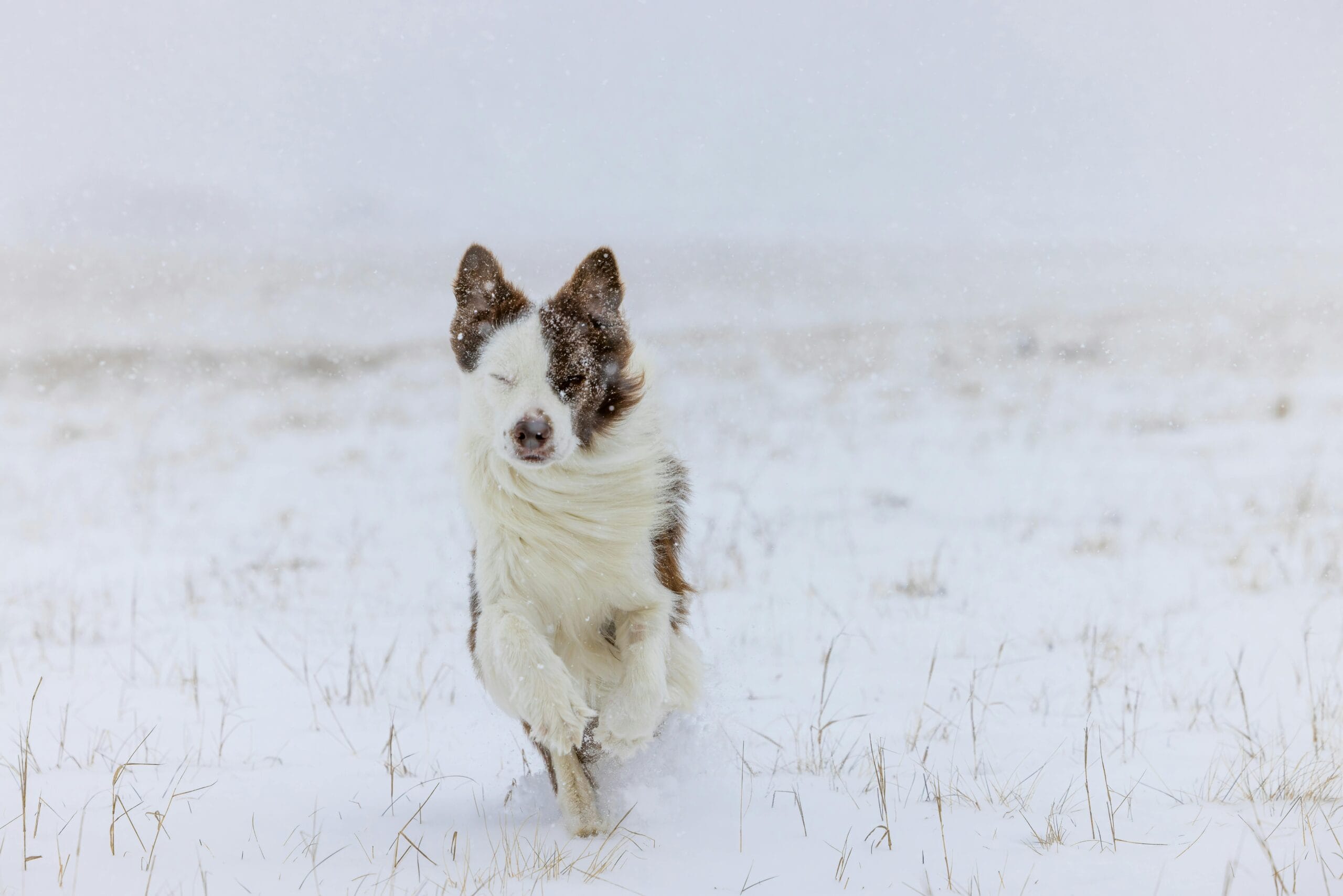The Labrador Retriever is one of the most popular and beloved dog breeds in the world. Known for their friendly nature, intelligence and boundless energy, Labradors are ideal companions for families, active individuals and those looking for a loyal and motivated dog. In this article, we'll explore the distinguishing characteristics of this wonderful breed and provide you with valuable training tips to maximize living with your Labrador.
Distinctive Characteristics of the Labrador Retriever
Personality and Behavior
The Labrador Retriever is recognized for its friendly spirit and their cheerful disposition. With a natural inclination towards socialization, these dogs tend to get along well with other animals and people. Their extroverted character makes them excellent family petsThey adapt well to different environments and situations. However, their energetic nature can also lead to destructive behaviors if they are not provided with sufficient physical and mental stimulation. It is vital to remember that they need to stay active to properly channel their energy.
Physical Features
The Labrador is a medium to large breed, with a muscular and proportionate body. Its droopy ears, expressive eyes and a tail that wags endlessly are some of its most recognizable characteristics. Available in three main colors - black, yellow and chocolate - Labradors have a dense, short coat that is water repellent. This physical structure helps them to be excellent swimmers, a trait they inherit from their ancestry as working dogs in the water.
Labrador Retriever Training Tips
Basic Training Techniques
To be successful in training a Labrador, it is essential to start from an early age and be constant. Effective basic training may include:
- Basic commands such as "sit", "stay" and "come".
- Establish a routine so that they develop a sense of discipline.
- Expose them to different environments and situations for adaptability.
Remember that patience and repetition are key to teaching a Labrador Retriever, due to its inquisitive and energetic nature.
Positive Reinforcement and Motivation
Use the positive reinforcement is the best way to train a Labrador. This involves rewarding desired behaviors with treats, praise or playtime. Labradors respond especially well to these techniques because of their natural desire to please. It is important to be consistent and be sure to reward immediately after the appropriate behavior to facilitate learning. Keeping training sessions short and varied also helps to maintain their interest.
Labrador Retriever Care and Maintenance
Exercise Needs
Labrador Retrievers have high exercise requirements due to their almost inexhaustible energy. Ensuring regular exercise is critical to both your physical and mental well-being. Some recommended activities include:
- Daily walks of at least 30 to 60 minutes.
- Search and retrieval games, taking advantage of their love for water.
- Agility training to stimulate your body and mind.
It is crucial to adapt the exercise routine to your Labrador's age, health status and energy level to prevent health problems such as obesity or stress.
Food and Health
A balanced diet is essential to keep your Labrador in good shape. Consider the following points when planning your Labrador's diet:
- Provide a diet rich in high quality protein.
- Monitor portions and avoid giving them leftover human food to prevent overweight.
- Regular visits to the veterinarian for health check-ups and vaccinations.
In addition, regular coat maintenance, dental care and parasite prevention are key components to ensure that your Labrador Retriever lives a long and healthy life.



